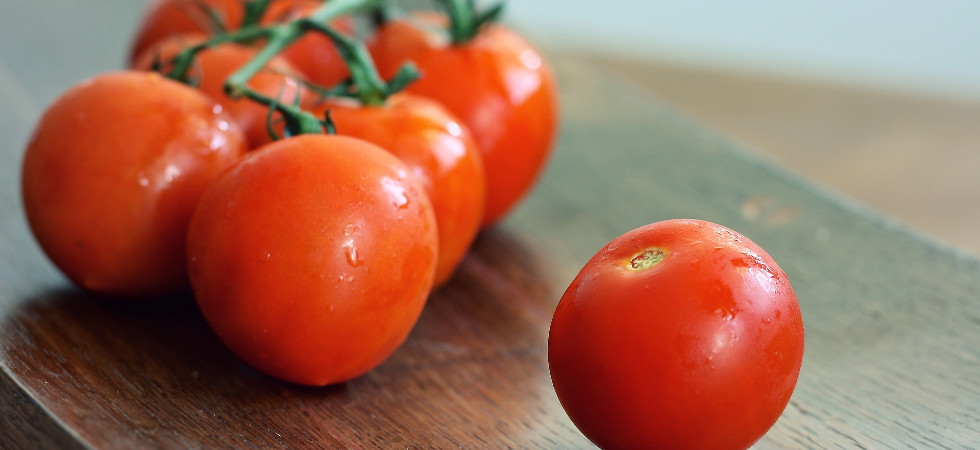We’ve all heard the phrase ‘you are what you eat’, but there may be more truth to this than we first thought. We have spoken to our food and nutrition experts who have told us about the top 10 foods which benefit the body part they resemble. Our experts reveal…
1. Walnuts for the brain
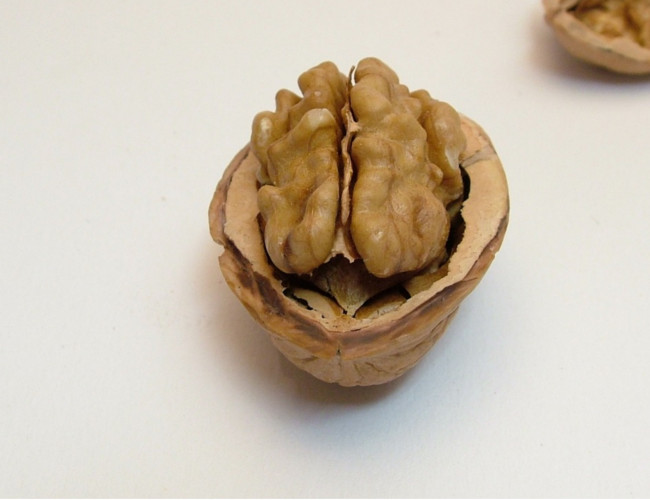
“Walnuts look incredibly like a brain. They are a good source of Omega 3 – the essential fatty acid. Omega 3 is good for the brain in that it helps with memory and also increasing concentration,” says Shona Wilkinson, nutritionist at SuperfoodUK.com, the online shopping destination for health & wellbeing.
2. Carrots for the eyes
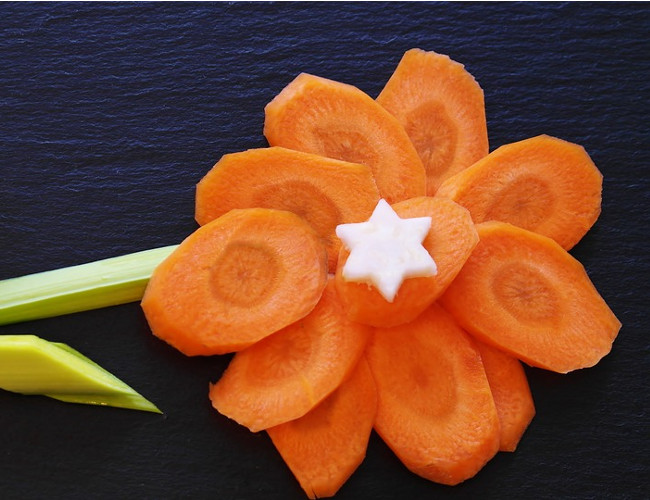
“Eating for eyesight can be a great way to help protect against vision problems later on in life. With carrots coming in as a no.1 essential food for the eyes.
“Carrots contain beta-carotene in abundance, an antioxidant that gives them their characteristic bright orange colour. Beta-carotene is the precursor for vitamin A, a nutrient so essential for eye health that deficiencies can lead to cataracts and macular degeneration.
“Carrots are also a rich source of another antioxidant called lutein. Lutein is known to help protect the retina by increasing the pigment density, ultimately helping to prevent risk of macular degeneration,” says Lily Soutter, nutritionist and weight loss expert at lilysoutternutrition.com
3. Red wine for the blood
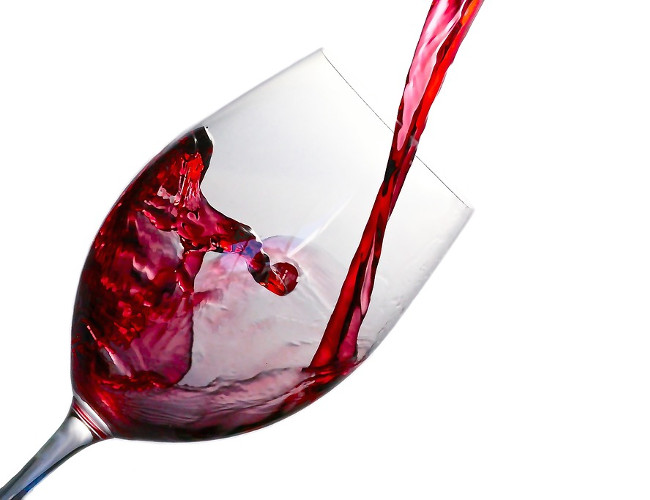
“Red wine is known for having a high content of a powerful antioxidant called resveratrol. Resveratrol helps prevent cardiovascular health conditions such as high cholesterol, by protecting blood cells and platelets. It also has a slight blood thinning property which helps prevent blood clots that are associated with heart disease and strokes,” says Shona.
4. Bananas for your smile

The shape of a banana resembles the shape our lips make when we smile, so what’s the connection? “Bananas contain tryptophan, which the body then turns into serotonin (the ‘feel good’ hormone). The manufacture of serotonin depends on how much tryptophan is transported into your brain.
“Dairy products, fish, dried dates, soya, almonds and peanuts are all foods which also naturally contain tryptophan. Combining these foods with unrefined carbohydrates, such as brown rice, wholemeal bread or oats, helps the body to release insulin to help tryptophan uptake to the brain,” says Dr. Marilyn Glenville, the UK’s leading Nutritionist, author of Natural Alternatives to Sugar (www.marilynglenville.com).
5. Tomatoes for the heart
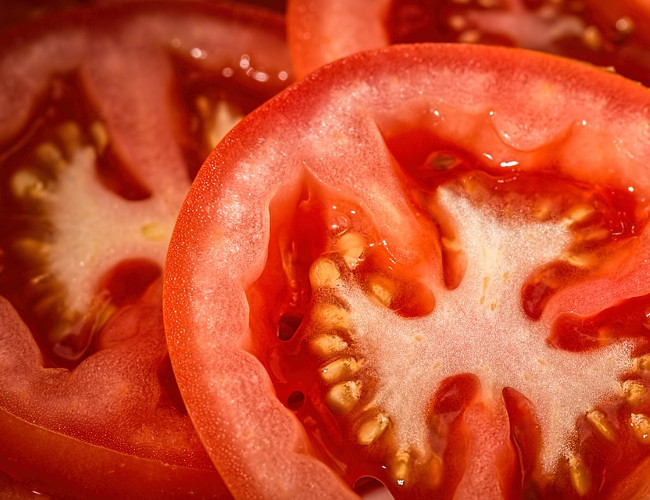
“Not only does the bright red colour of tomatoes resemble blood flow, when sliced you can see that tomatoes have four chambers resembling the structure of the heart.
“Lycopene is the antioxidant responsible for tomato’s bright red colour and is the main antioxidant which provides heart health benefits. Studies have shown that lycopene may enhance harmful LDL cholesterol degradation, whilst reducing risk of atherosclerosis and strokes.
“For maximum benefit, go for cooked tomatoes. Interestingly these are a far richer source of lycopene than raw tomatoes,” says Lily.
6. Mushrooms for the ears
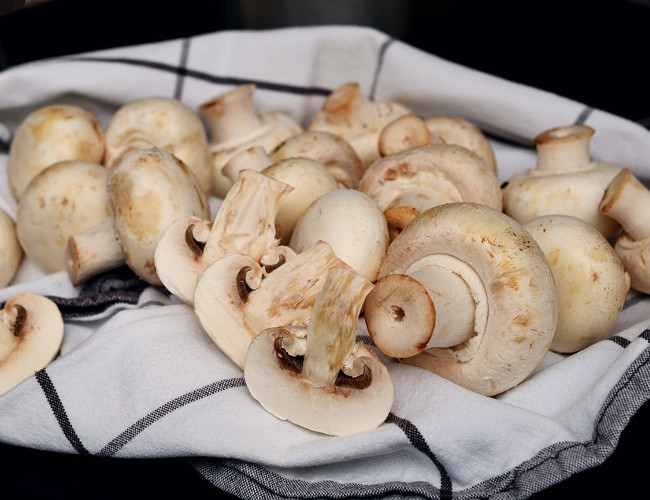
A mushroom when sliced in half looks remarkably like an ear.
“Mushrooms are quite unusual in that they are one of the very few foods which contain Vitamin D. Vitamin D is important for bone health – remember that the ear has 3 tiny, delicate bones in the ear that transmit sound to the brain. People who suffer from hearing problems are often Vitamin D deficient,” says Shona.
7. Avocado for the womb

“Avocado has been dubbed by some as ‘the world’s most perfect food’ due to its array of wondering health benefits. This fertility fruit not only resembles the womb and cervix, it also takes 9 months to grow from blossom to a ripened fruit, mirroring the development of a human baby within the womb.
“Avocados are rich in folate: a B vitamin essential for cell division during foetal growth in pregnancy. Folate also plays a vital role in the prevention of neural tube defects, such as spina bifida.
“Avocados are also rich in monounsaturated fats. Research has shown that these fats could help triple the chances of conception via IVF, with women being advised to eat an avocado a day,” says Lily.
8. Red Kidney Beans for the kidneys
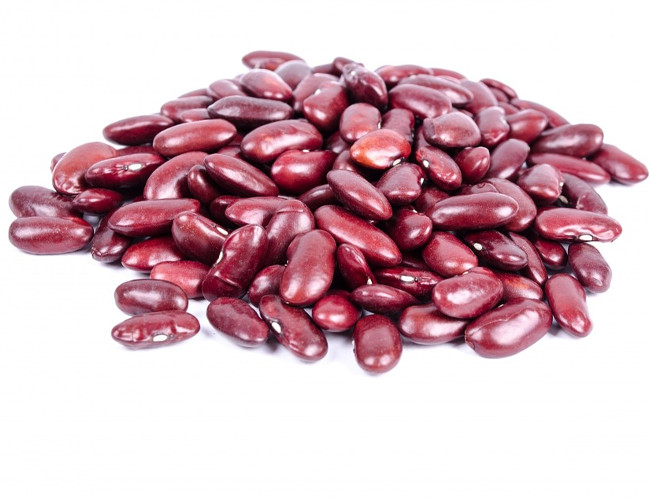
“Red kidney beans look so much like the human kidney that they have been named after them! They are incredibly high in fibre which helps with our digestive system. They are also a great source of magnesium and potassium. Studies have shown that people who don’t have enough magnesium and potassium in their diets increase their risk of suffering from kidney stones. They are delicious to add to your diet and can be eaten either hot or cold,” says Shona.
9. Celery for the bones
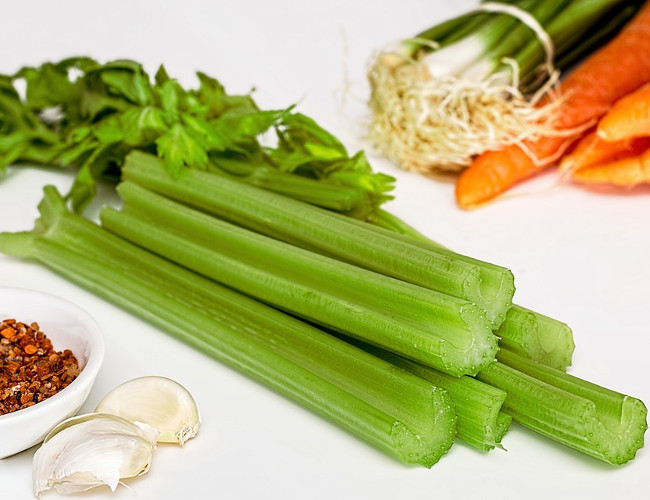
“Ironically celery sticks look like the structure of bones, whilst also being a bone strengthening food. Celery is jam-packed full of vitamin K, which works in tandem with Vitamin D for the production of new bone cells called osteoclasts.
“Vitamin K is also needed for the absorption of calcium, a mineral playing a vital role in the prevention of osteoporosis,” says Lily.
10. Ginger for the stomach
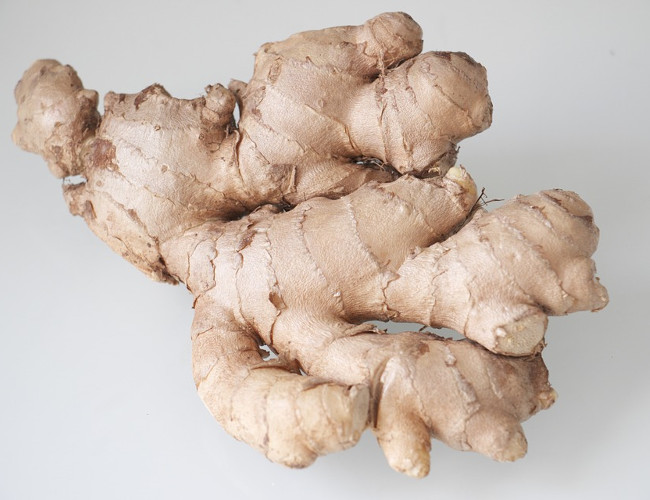
“Ginger resembles the shape of our stomachs and may just be what you need for digestive issues and that slim stomach! It helps to normalise the functions of the intestines and the stomach. Consuming a ginger tea with a meal is a great idea,” says Shona.
Main image at the top of the article image credit: pixabay.com












